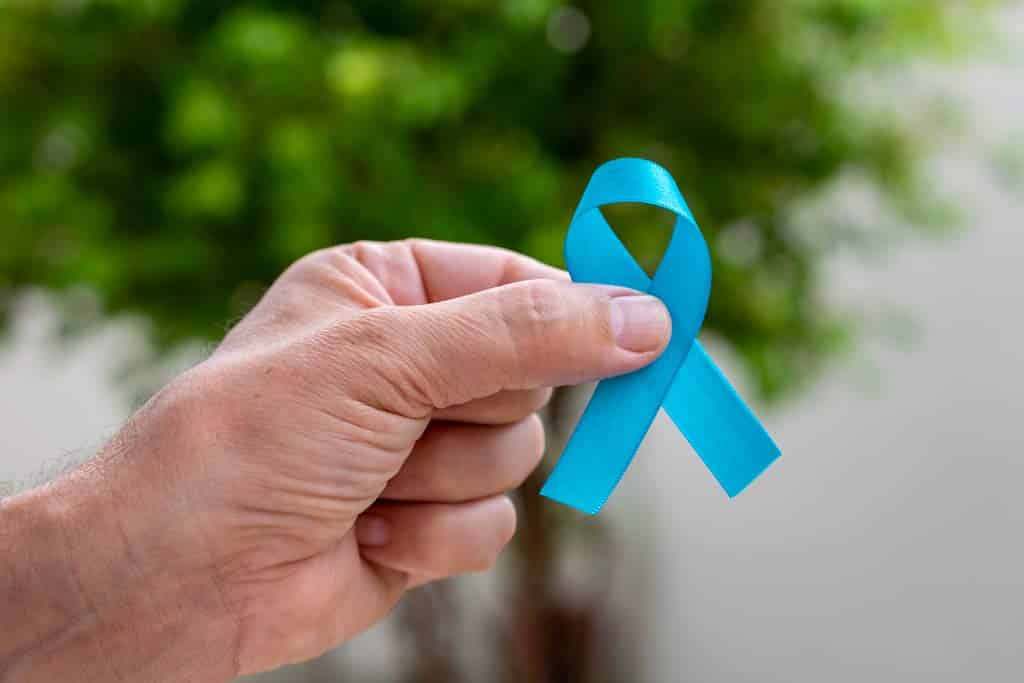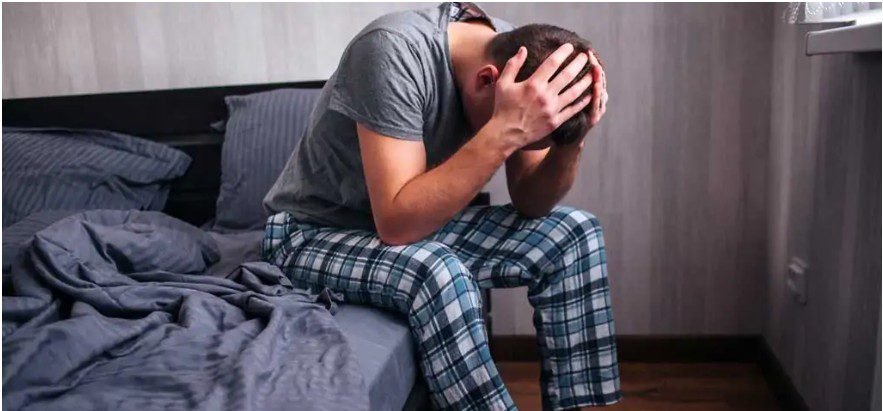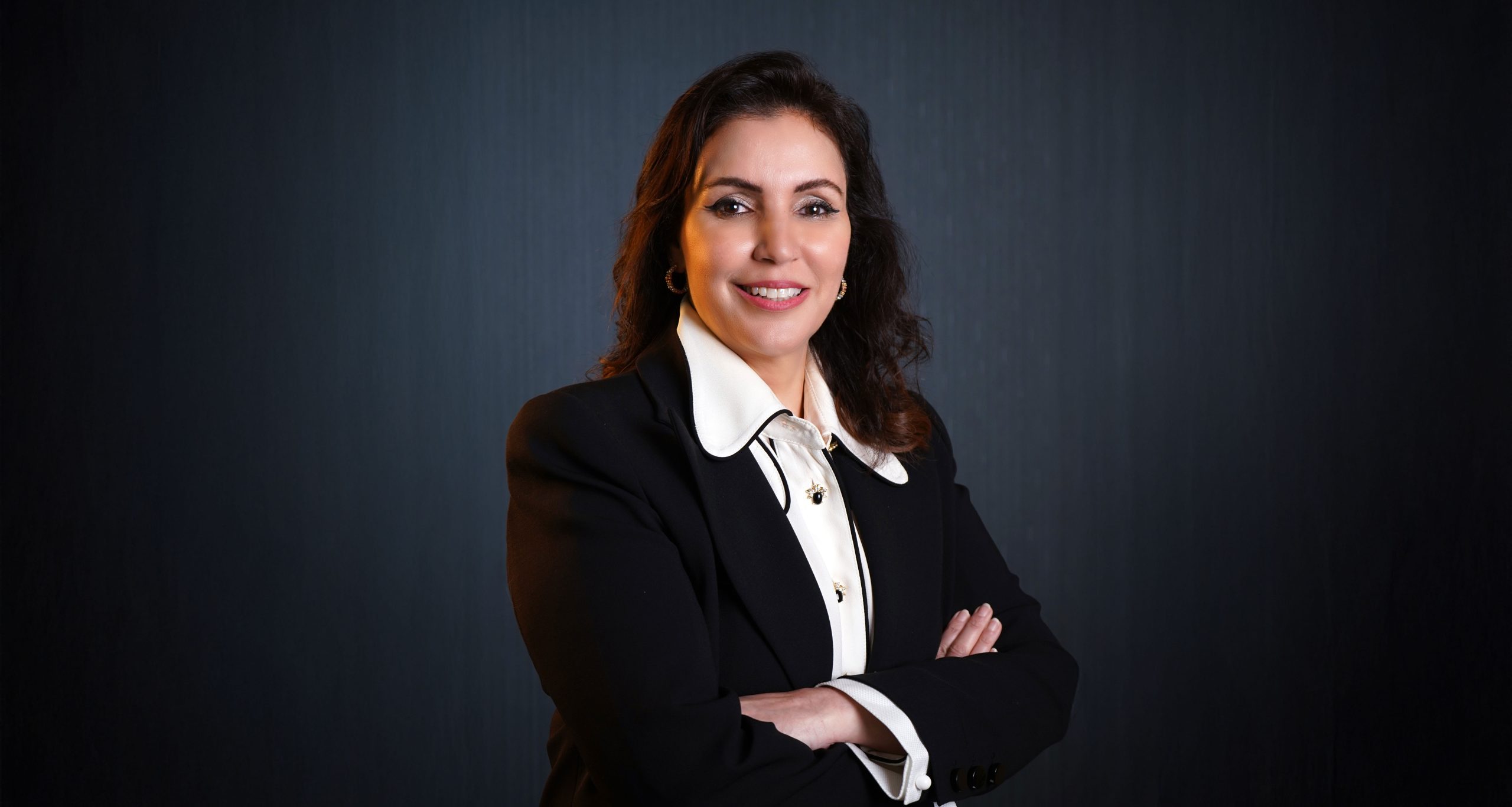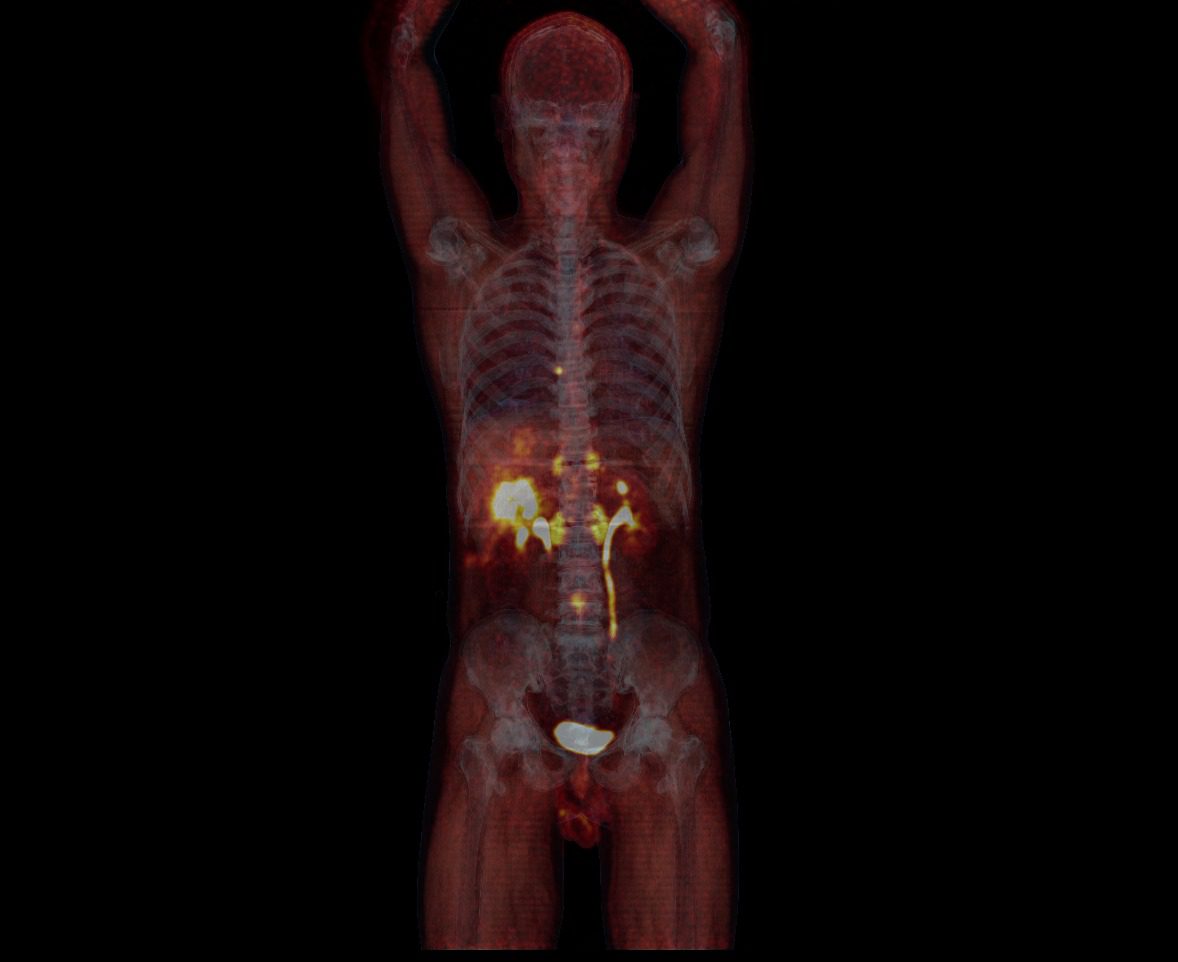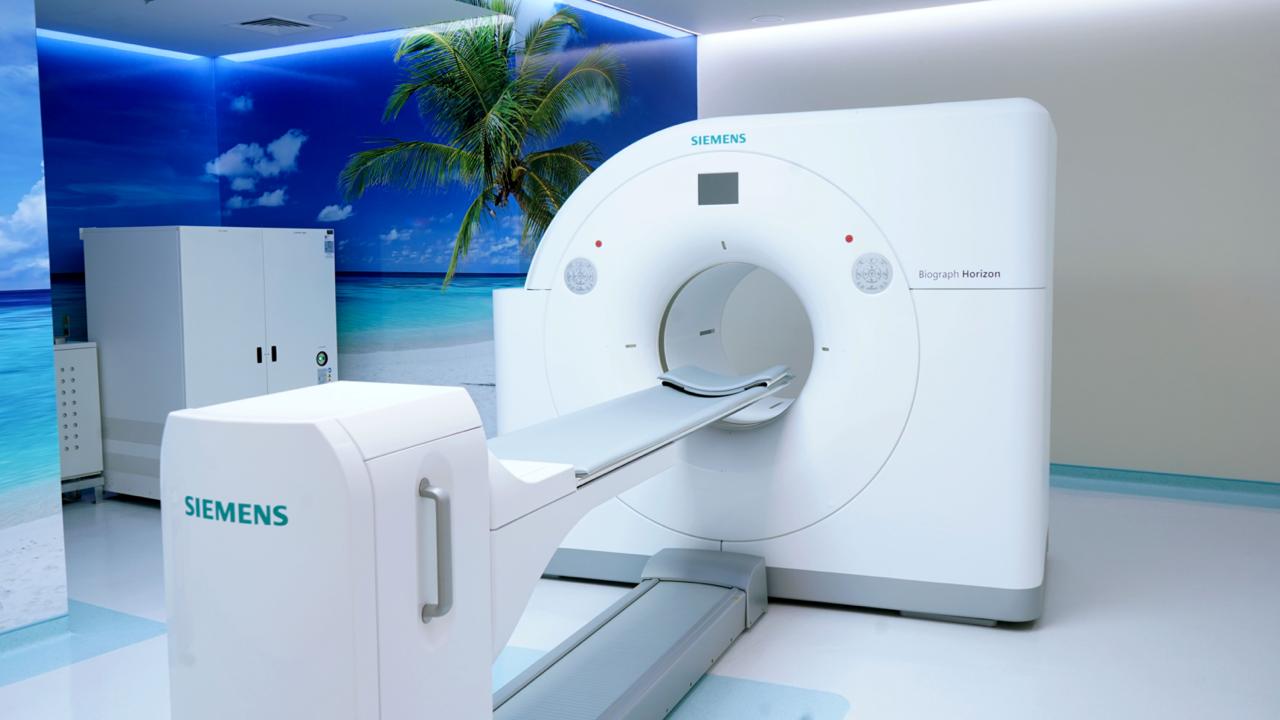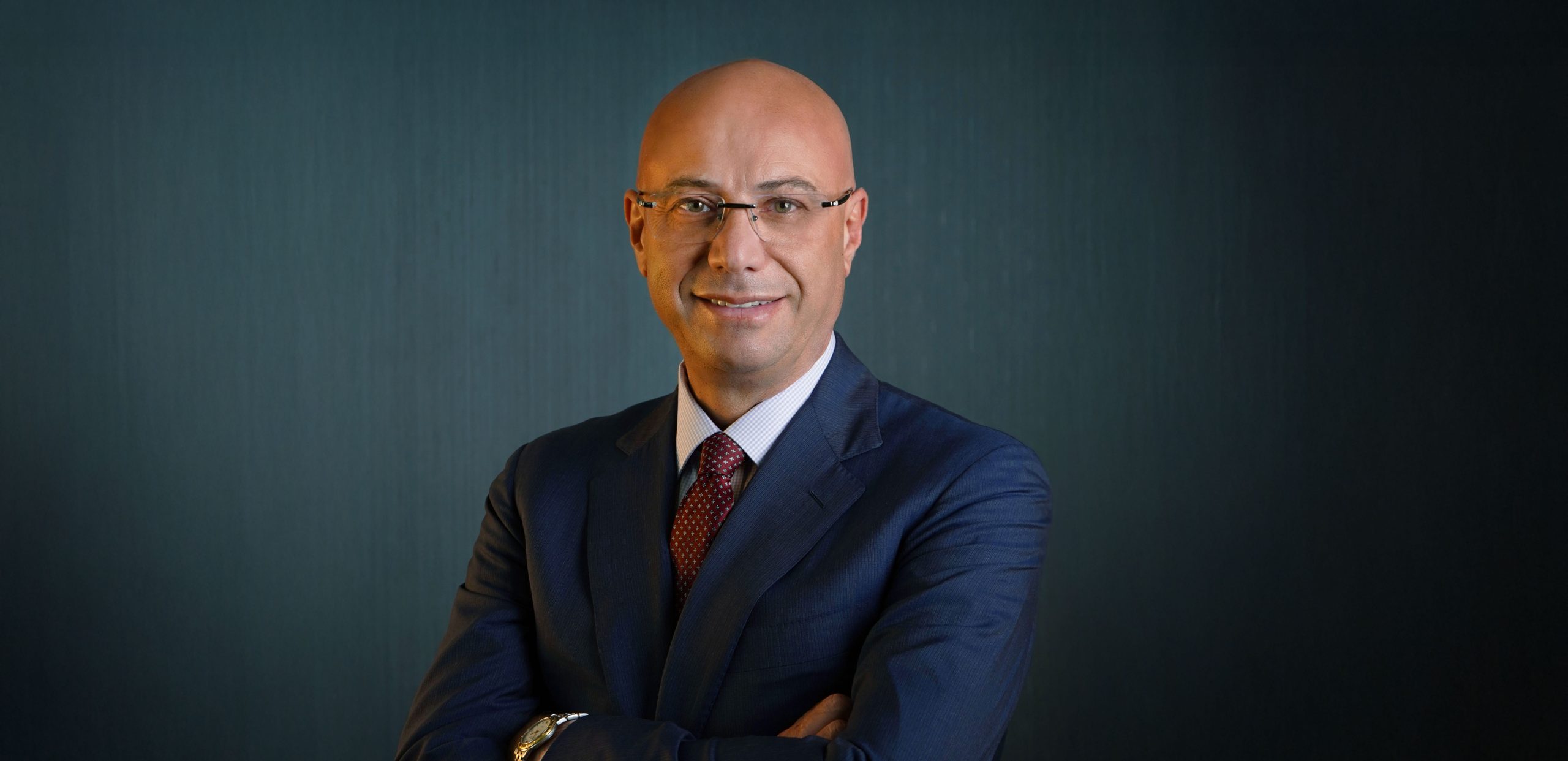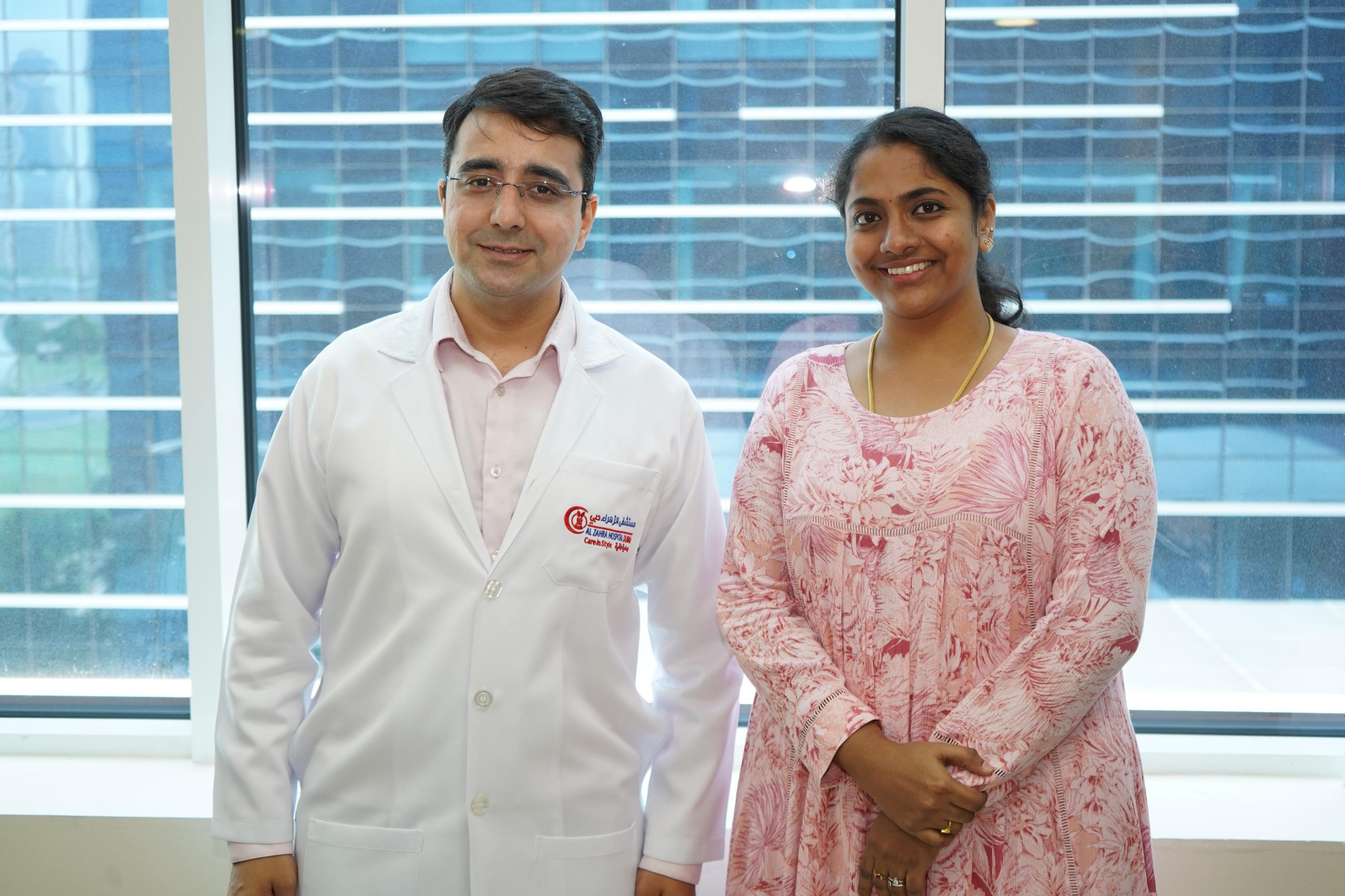Many people consider back pain as something that they need to live with. They either accept it as part of ageing and grit their teeth and bear, or dismiss it as muscle sprain and let it run its course.
But regardless of the cause, experiencing long-term back pain should not be considered normal, says Dr Zbiggy Brodzinski, Consultant Orthopaedic and Spine Surgeon at the newly opened Spine Center at Al Zahra Hospital Dubai. “If left untreated, it can turn into something serious or even chronic pain, which affects the brain and the way pain receptors function.”
All the more reason to not ignore your symptoms and keep a close watch – whether it’s a dull ache or a shooting pain, whether it radiates down the arm or leg, or whether it subsides with rest or worsens with movement.
As it happens, pain and tingling are the most common symptoms of spinal disorders. Severe symptoms include numbness and weakness, which could be signs of a more serious underlying spine problem.
“When someone comes to us with a single or a variety of symptoms, it is important for us to identify the source in order to devise a comprehensive, evidence-based treatment plan,” says Dr Sebouh Kassis, Specialist Neurospine Surgeon at the Al Zahra Spine Center. “The diagnostic technology we use is extremely important in identifying the pain generator. As spine surgeons we look to treat the cause of the pain not just the pain itself.”
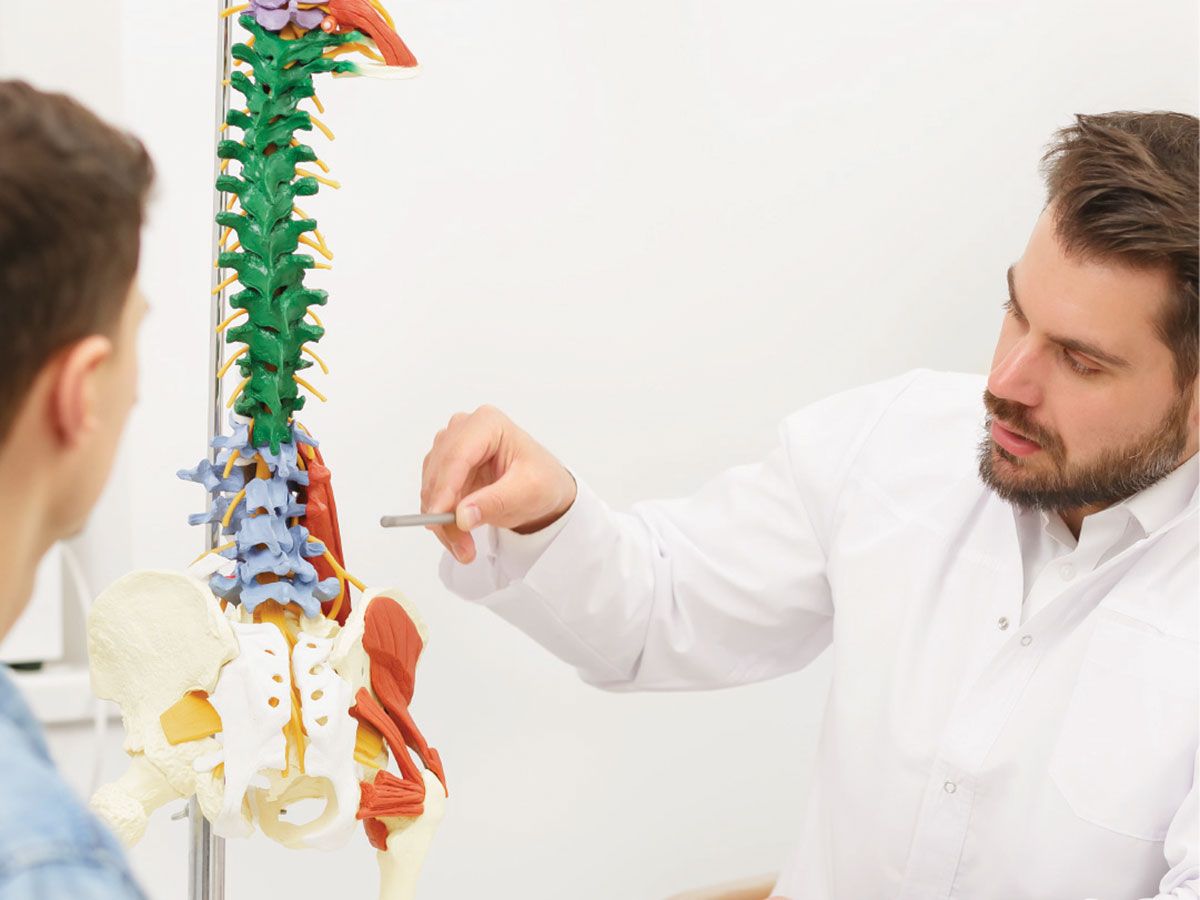
“We tend to see many people coming in with severe back pain due to herniated discs in the spine,” explains Dr Kassis. “The compression on the nerves usually radiates pain, numbness or tingling sensation through the arms or legs depending on the location of the disc.”
Herniated discs, or slipped discs, usually occur in the lower back (lumbar) or upper back (cervical), but rarely in the middle back (thoracic).
Another spinal problem seen quite frequently is disc degeneration, where the vertebrae loses water or elasticity, affecting people’s ability to perform certain types of movement causing discomfort and pain.
“Other common conditions include spinal stenosis caused by the narrowing of the spine canal, spine deformities due to ageing, spinal micro trauma from sports injuries, which we see quite often, or fractures due to osteoporosis,” adds Dr Kassis.”
For trauma caused by sports or conditions such as osteoporosis, the pain is a lot more acute (sharper) compared to others that lead to chronic (long-term or permanent) pain.
Dr Brodzinski says a combination of genetics and poor lifestyle contribute to spine disorders, aided by ageing to some extent and sports injuries. “However, about 70 per cent of the causes can be attributed to a sedentary lifestyle, which could be prevented by leading an active life.”
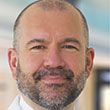
About 70 per cent of the causes can be attributed to a sedentary lifestyle, which could be prevented by leading an active life.
– Dr Zbiggy Brodzinski, Consultant Orthopaedic and Spine Surgeon at Al Zahra Spine Center
And if you suspect spinal disorders are behind your backache, then you need to engage specialists to get back to normalcy as soon as possible.
An integrated treatment strategy
Experts at Al Zahra Hospital Dubai have an integrated strategy to deal with spinal disorders, which includes a detailed diagnosis, least invasive treatments that offer maximum benefits and structured rehabilitation plans.
“At the Zahra Spine Center we always look from the least to the most invasive form of treatments that have the highest benefits for our patients,” says Dr Kassis. “We are equipped with the latest international treatments, both invasive and non-invasive, allowing us to give our patients options and the best chance of recovery.”
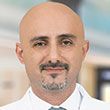
We are equipped with the latest international treatments, both invasive and non-invasive, allowing us to give our patients options and the best chance of recovery.
– Dr Sebouh Kassis, Specialist Neurospine Surgeon at the Al Zahra Spine Center
From non-invasive treatments such as physical therapy, medication, exercise and cryotherapy to less invasive but advanced pain management procedures like spinal injections (nerve block and epidural) and neuromodulation are available at the Al Zahra Spine Center, along with cutting-edge non-surgical techniques such as regenerative biological treatments including stem cells and platelet-rich plasma.
In cases that require surgical intervention, Al Zahra Spine Center employs minimally invasive procedures that result in less trauma but offer the greatest benefits.
“We use some of the latest world-class surgical procedures, which include incisions through the skin and muscle without injuring the muscle such as tubular retractors,” explains Dr Brodzinski. “Even the most invasive spinal surgical procedures are now being done through minimally or less invasive techniques, giving people the best outcomes with the least downtime.”
Using the latest diagnostic technology, such as the 3 Tesla MRI that provides superior imaging in half the usual time, Al Zahra Spine Center works closely with other specialties to ensure a 360-degree delivery of care and empower patients with the right tools for the best outcomes. Post-surgery, the physiotherapy and rehabilitation teams get into the action to carry out long-term, goal-driven plans and bring the patients back to normal life the fastest way possible.
But the road to recovery is paved with teamwork and shared responsibilities, say the experts, where the patients along with the doctors have to commit to the process to get the desired outcomes.


